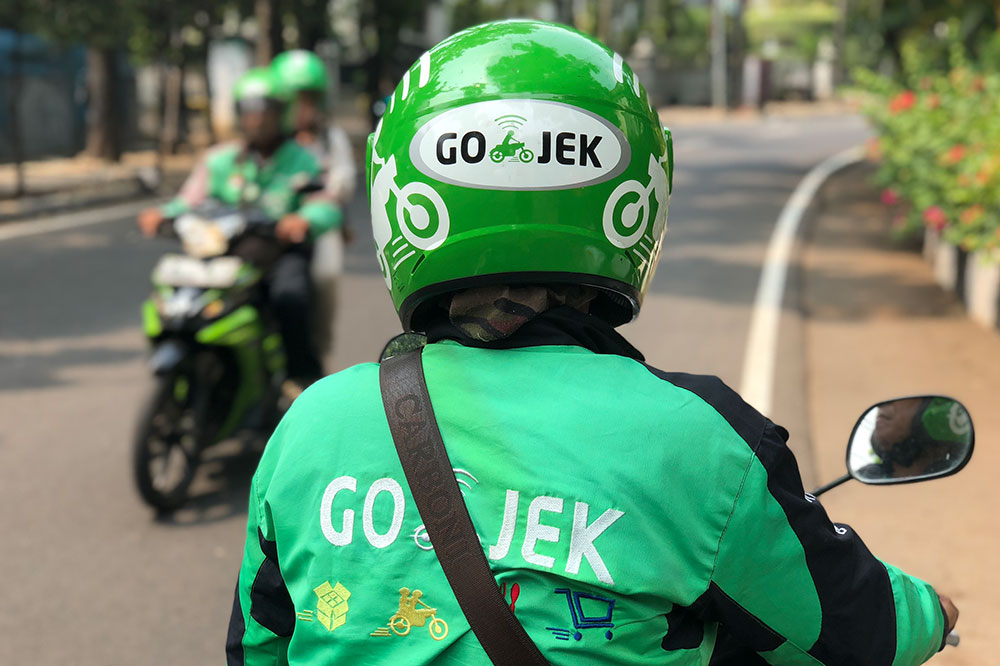In early December, Grab reportedly informed its staff that it was in a position to acquire Gojek. Grab has a strong record of growth and sports a valuation of US$15 billion. It has completed a big round of funding last year, giving it the ammunition for undertaking a large acquisition.
The merger talk has fuelled discussion about the possible impact of the merger on key stakeholders such as consumers and drivers, partly because both companies are associated with ride sharing in consumers’ minds. Memories of Grab’s acquisition of Uber’s Southeast Asian operation just over two years ago are still fresh. Both Grab and Uber incurred fines from the Competition and Consumer Commission of Singapore (CCCS) and Philippine authorities for their merger. Some observers noted that after the merger, Grab’s customers paid more while its drivers faced less favourable terms.
Motivations for the companies
The two companies may be considering the merger because of several key factors. First, they have complementary strengths with Grab having strong positions in ride hailing and food delivery markets, especially in Singapore, and Gojek enjoying a strong position in Indonesia with a valuation of about US$10 billion. The companies have also fought intensely with each other, and other rivals, to gain strong market share in their respective markets. But as they mature, investors, such as Softbank which is backing Grab, may be pushing Grab and Gojek to move away from the aggressive marketing and price wars towards a consolidation of market position and achieving profitability. Having raised large sums of capital over the last several years, the companies may also need to turn to public, rather than private, markets to fund their future growth ambitions. Any public listing would be helped by positive profits.
Impact on stakeholders
One view holds that because both compete in markets that are two-sided platforms, some competition watchdogs, such as the CCCS, may oppose the merger because of concerns that the terms for drivers and consumers may get much worse, post-merger. There are some caveats to this train of thought, however. Indonesian law requires that the competition authority KPPU be notified about mergers within 30 days, but it does not allow KPPU to prevent the merger. Thus while the merger may face some resistance from antitrust authorities in Singapore (and possibly in some other countries), it is unlikely to be legally obstructed in Indonesia, a key market for Gojek as well as the merged companies, if the merger goes through.
Another view suggests that there will still be competition in the market even if the merger takes place. This is because a company can be dominant in one industry/market while weak in the other. While Grab has a large market share in the ride hailing and food delivery industries in Singapore, Gojek has a much smaller share in ride hailing and none in food delivery. Even if the merger happens, consumers still have other options in ride hailing and food delivery.
I think the merger has many hurdles to clear. Investors in the two companies have to agree about the terms of the merger which may take some doing because most investors have a tendency to overestimate the value of their stakes in companies. So, if Gojek investors demand a richer valuation than what Grab is willing to pay, the merger will not happen. After the investors in the two companies agree on the terms of the merger, it has to overcome possible opposition from some of the authorities, such as CCCS in Singapore. Even if the merger were to clear the above two hurdles, I would not be alarmed about the impact of the merger on key stakeholders such as consumers, just yet.
Alternative avenues for growth
I think that observers tend to focus too much attention on the ride hailing market and potential lessening of competition in that market. While both Grab and Gojek started out as ride-haling companies, their priorities are likely to be on other sectors, going forward. One reason is that the ride hailing market has become less attractive, especially in Singapore, with the pandemic and work-from-home trend. Any price increase in the ride hailing market is not simply a matter of what the dominant company wants, it is a function of consumer demand as well. When prices are hiked, consumers can look for substitutes easily hence demand will fall.
Drivers are one group of stakeholders that may be at risk in case the merger happens, though even that is not clear at this point in time. After the initial period when the ride hailing companies wanted to aggressively sign up as many drivers as possible, the terms of drivers have been gradually altered and I expect that to continue as the market matures.
Also, areas such as payments and food delivery may seem far more attractive to the combined company, going forward, though for different reasons. Food delivery has grown tremendously and is already a more important contributor to Grab’s revenues than ride hailing. With a good proportion of unbanked or underbanked population in several countries in the region, as well as a big chunk of payments in the region taking place in cash, the growth prospects for the payments business are indeed strong. To build its position in this sector, Grab has also recently obtained a license for operating a digital bank in partnership with Singtel.
In conclusion, in my view, the merger remains nothing more than a possibility at this point in time. Regardless of the desire of the two companies to come together, there are many hurdles to clear and even if those hurdles are cleared, I think it may be premature to predict that key stakeholders will be adversely affected.




